The discovery of superconductivity in hydrogen-rich compounds under extreme pressures has revolutionized our understanding of this quantum phenomenon. Over the past decade, researchers have pushed the boundaries of high-pressure physics, uncovering a family of hydride materials that exhibit remarkable superconducting properties when compressed to pressures exceeding one million atmospheres. These findings not only challenge conventional theories of superconductivity but also open new pathways toward room-temperature superconductors.
From Metallic Hydrogen to Complex Hydrides
The theoretical foundation for high-pressure hydride superconductors traces back to the 1960s when physicists first predicted that metallic hydrogen might display superconductivity at high temperatures. While pure metallic hydrogen remains experimentally elusive, scientists discovered that hydrogen-rich compounds could achieve similar electronic configurations at more accessible pressures. The breakthrough came in 2015 when researchers observed superconductivity in hydrogen sulfide (H3S) at 203 K under 150 GPa, setting a new record for conventional superconductors.
This discovery triggered an avalanche of research into binary and ternary hydrides. Compounds like lanthanum hydride (LaH10) demonstrated even higher critical temperatures (Tc) approaching 250 K at similar pressures. The key lies in the formation of unique hydrogen lattices - these materials develop clathrate-like structures where hydrogen atoms form cage-like frameworks surrounding metal atoms. Under extreme compression, the hydrogen lattice vibrates at frequencies that enable strong electron-phonon coupling, the essential mechanism behind conventional superconductivity.
The Role of Pressure in Tuning Superconductivity
Pressure serves multiple critical functions in these superconducting hydrides. First, it forces hydrogen atoms into closer proximity, increasing their overlap and creating metallic bonding characteristics. Second, pressure modifies the phonon spectrum - the collective vibrations of atoms in the crystal lattice. In hydrides, pressure particularly enhances high-frequency hydrogen vibrations, which are crucial for mediating electron pairing at elevated temperatures.
Recent studies reveal that pressure doesn't simply increase Tc monotonically. Instead, each hydride system exhibits a "sweet spot" where pressure optimizes both the electronic structure and phonon properties. For instance, in YH6, superconductivity emerges around 120 GPa, peaks near 166 GPa, then gradually decreases at higher pressures. This complex pressure dependence suggests that achieving the highest possible Tc requires precise control over multiple competing factors.
Experimental Challenges and Breakthroughs
Studying these materials presents extraordinary technical challenges. Diamond anvil cells must generate pressures comparable to Earth's core while allowing for electrical and magnetic measurements. Advanced synchrotron X-ray diffraction techniques have become indispensable for characterizing crystal structures under these conditions. Meanwhile, novel spectroscopic methods, including high-pressure Raman and infrared spectroscopy, provide insights into vibrational properties and electronic excitations.
The field recently achieved another milestone with the discovery of superconductivity in carbonaceous sulfur hydride (CSHx) at 288 K (15°C) - the first material to exhibit room-temperature superconductivity, albeit at 267 GPa. While this pressure remains impractical for applications, it proves the fundamental possibility of high-Tc superconductivity in hydrides. Researchers are now exploring chemical doping strategies to stabilize similar superconducting phases at lower pressures.
Theoretical Advances and Predictive Models
Modern computational methods have played a pivotal role in guiding experimental searches for new superconducting hydrides. Density functional theory (DFT) calculations, combined with advanced phonon modeling, can predict crystal structures and estimate Tc values before synthesis attempts. These tools have identified several promising candidates, including ternary hydrides containing rare-earth and alkaline-earth elements.
Interestingly, theories suggest that hydrides may host unconventional superconducting mechanisms beyond standard electron-phonon coupling. Some researchers propose that quantum critical fluctuations or anharmonic effects in the hydrogen lattice could contribute to enhanced superconductivity. These ideas challenge the traditional BCS framework and may explain why certain hydrides exceed the theoretical Tc limits predicted by classical models.
Future Directions and Potential Applications
The ultimate goal remains achieving ambient-condition superconductivity in hydrides. Current research focuses on two parallel strategies: developing metastable hydrides that retain high-pressure structures when decompressed, and discovering new chemical compositions that require lower stabilization pressures. Recent work on "chemical pressure" - using larger atoms to create internal strain - shows particular promise.
While practical applications remain distant, the fundamental insights from hydride superconductors are already influencing other areas of materials science. Concepts developed in these extreme conditions may guide the design of new superconducting materials at ambient pressure. Moreover, the techniques perfected in high-pressure hydride research are finding applications in planetary science, energy storage, and quantum materials engineering.
As experimental capabilities advance and theoretical understanding deepens, the field of high-pressure hydride superconductivity continues to surprise and inspire. Each new discovery reinforces the notion that we are only beginning to understand the remarkable potential of hydrogen-rich quantum materials under extreme conditions.
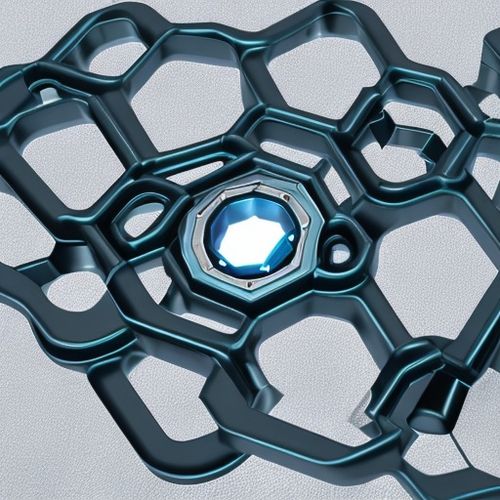
By James Moore/Apr 19, 2025
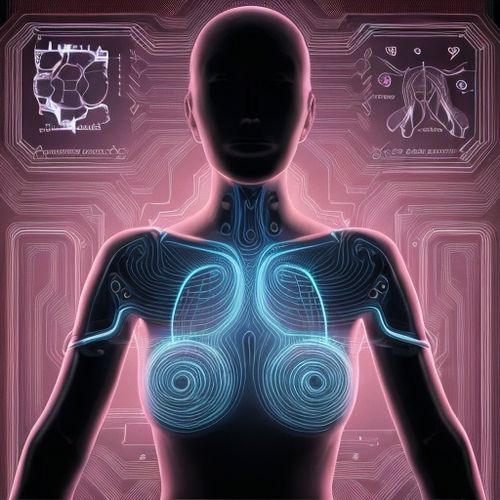
By Joshua Howard/Apr 19, 2025

By Natalie Campbell/Apr 19, 2025
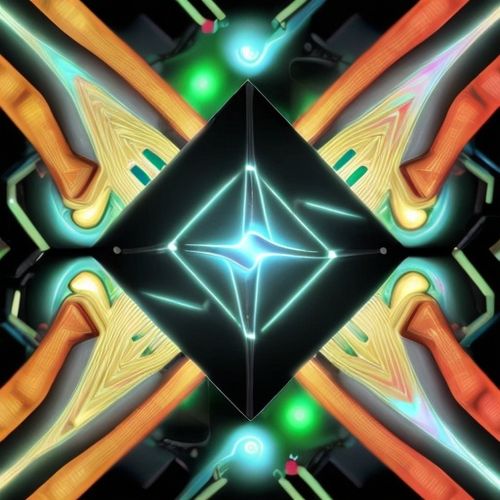
By Grace Cox/Apr 19, 2025

By Noah Bell/Apr 19, 2025
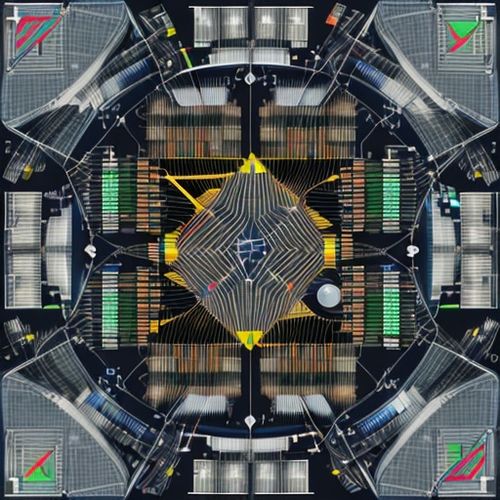
By Victoria Gonzalez/Apr 19, 2025
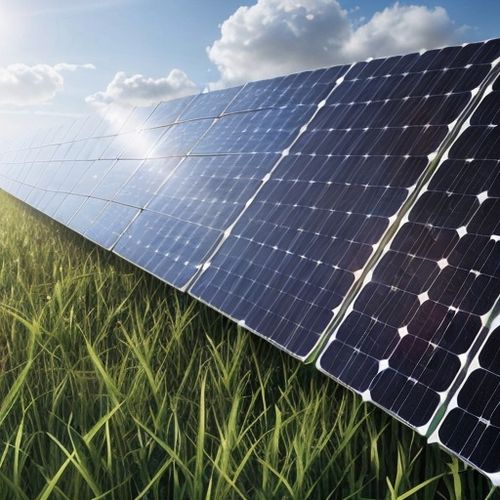
By Amanda Phillips/Apr 19, 2025
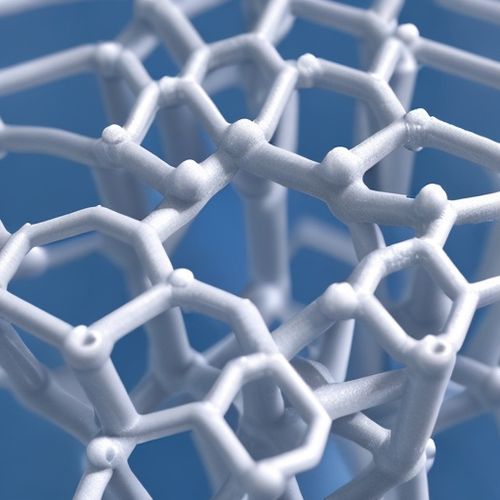
By Samuel Cooper/Apr 19, 2025
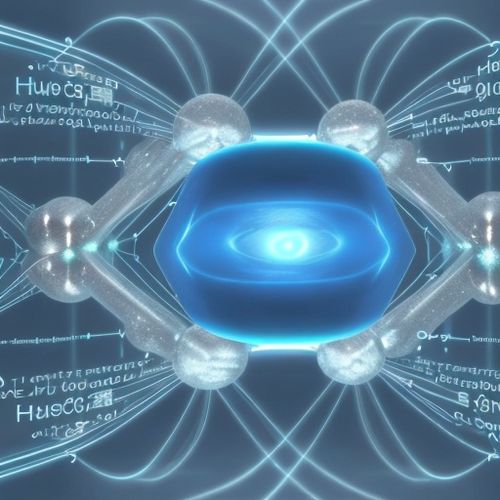
By Sophia Lewis/Apr 19, 2025
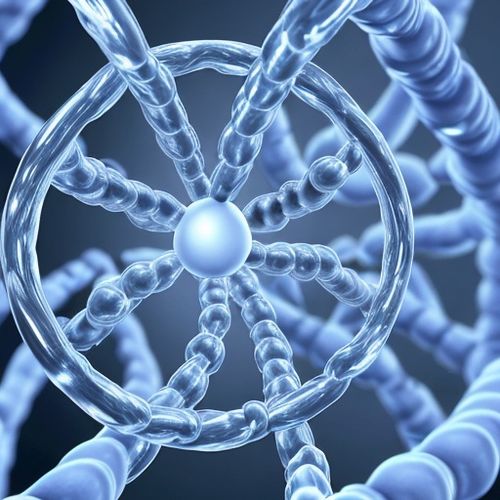
By Emma Thompson/Apr 19, 2025
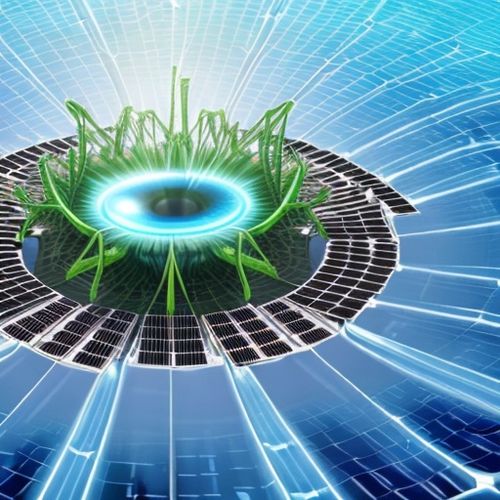
By Thomas Roberts/Apr 19, 2025

By Lily Simpson/Apr 19, 2025
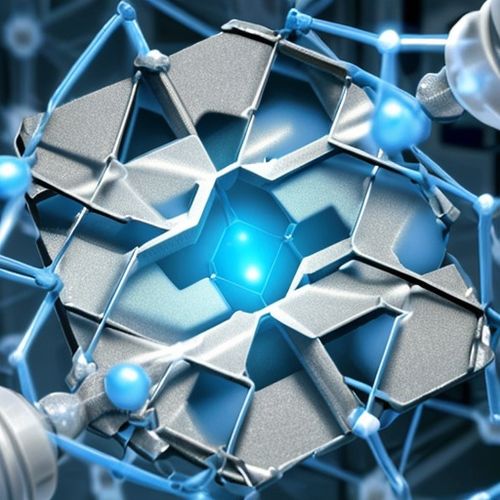
By Sophia Lewis/Apr 19, 2025
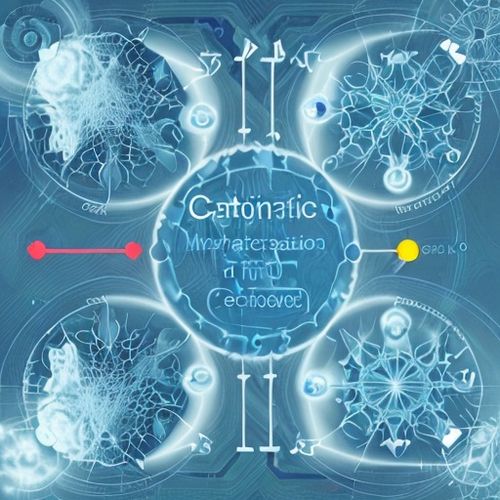
By Sophia Lewis/Apr 19, 2025
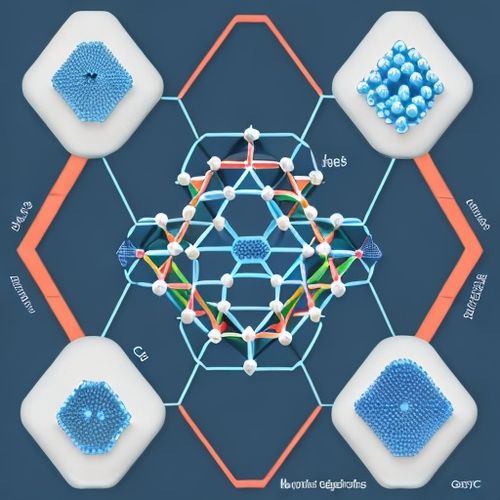
By Eric Ward/Apr 19, 2025
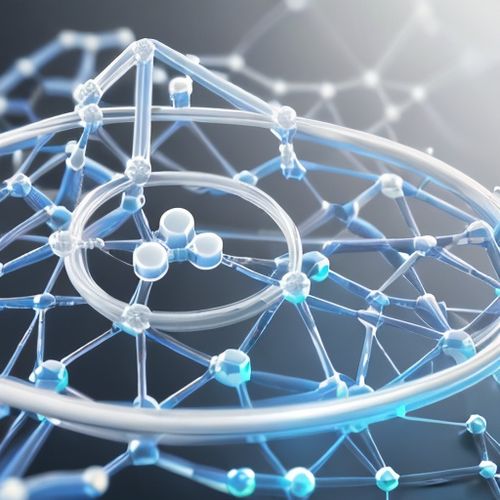
By Natalie Campbell/Apr 19, 2025
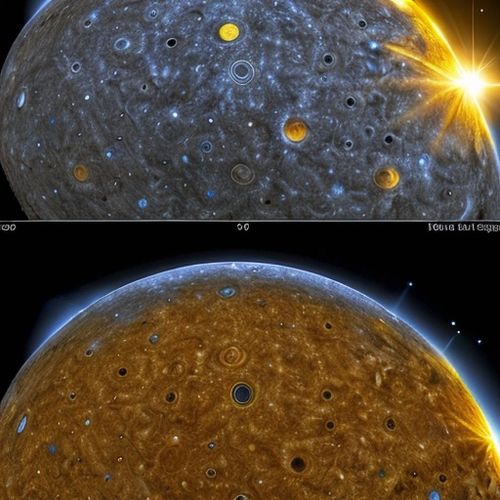
By Natalie Campbell/Apr 19, 2025
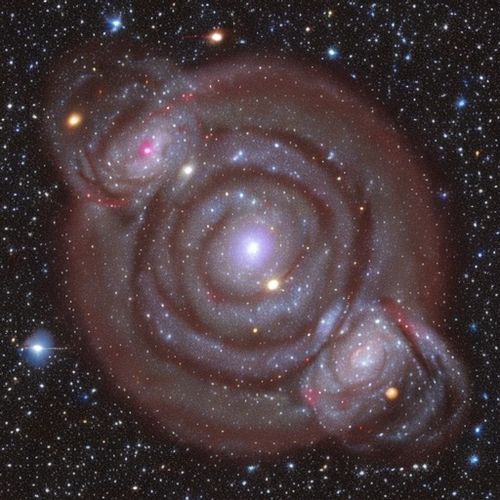
By Christopher Harris/Apr 19, 2025
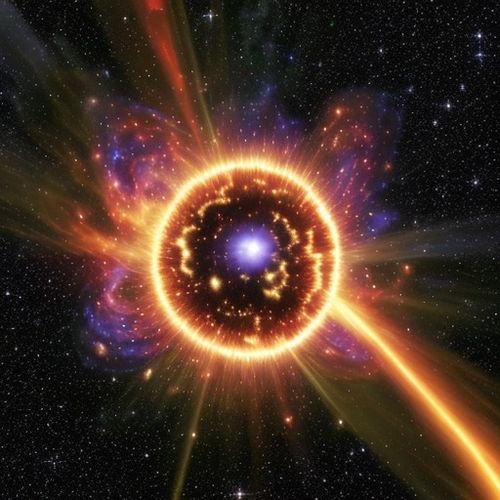
By Sophia Lewis/Apr 19, 2025
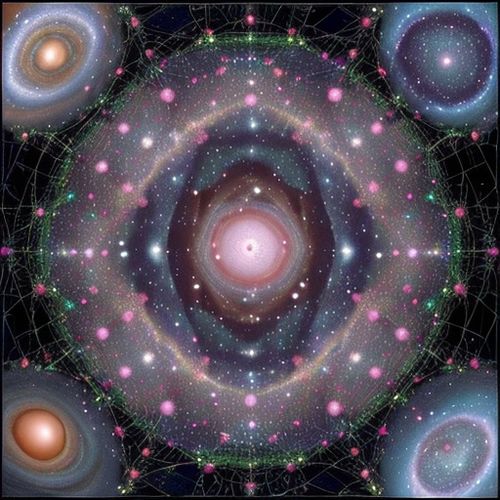
By Lily Simpson/Apr 19, 2025